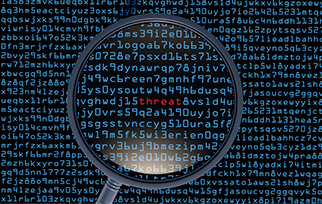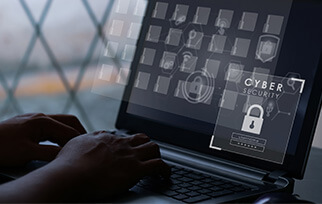In today’s digital world, there are so many places where we are vulnerable to cybercriminals' attacks. Sitting at or near the top of the list is when we are using public Wi-Fi.
All over the world, public Wi-Fi networks are widely and readily available in airports, parks, restaurants, coffee shops, libraries, hotels, churches, community centers, literally everywhere we go every day. We connect to these networks without thinking twice. It’s relaxing and convenient to sit and have a coffee while reading emails, chatting with colleagues, and, possibly, even attending a meeting.
In most cases, public Wi-Fi is a free service offered to guests and visitors. No hassles. No credit cards. No network authentication. Just connect. That sounds good, right? Wrong. Public Wi-Fi means low or no security. That’s rule number one.*
Free public Wi-Fi is incredibly vulnerable to cyberattacks. Public Wi-Fi gives the bad guys streamlined and direct connections to your confidential information. Once accessed, who knows where, how, and when your information will be used and abused.
A Password Doesn’t Guarantee Security
Ok, so what about those public networks where you have to login and agree to terms? They’re secure, right? Wrong. (See rule number one.)
The average free public Wi-Fi connection isn’t secure. Just because you may need a password, it doesn’t mean your online activities are encrypted. Public Wi-Fi can leave you vulnerable for many different reasons. One of the most important reasons has to do with the encryption protocol used by some wireless networks.
The less security a Wi-Fi hotspot has, the easier it is for an attacker to connect and eavesdrop on users, distribute malware, and steal sensitive information.
Techniques such as snooping, sniffing, phishing, and man-in-the-middle (MitM) are common. Often, the purpose of these attacks is to defraud people by stealing their credit card information. More nefarious is that these attacks can mean personal data, photos, and conversations are leaked to cybercriminals who resell or reuse the information maliciously.
What Are the Risks of Using Public Wi-Fi?
- Packet sniffing or eavesdropping
- Malware infection
- Data breaches
- Identity theft
- MitM Attacks
- Unencrypted networks
Security Best Practices for Public Wi-Fi
- Remember rule number one. Public Wi-Fi means low or no security.
- Do not connect to public Wi-fi networks using old and outdated devices. and browsers that may be vulnerable and not properly updated
- Do not leave your Wi-Fi or Bluetooth connection ON when you are not using it.
- Do not allow your Wi-Fi to auto-connect to networks.
- Avoid using an open Wi-Fi network that is not password protected.
- Do not access websites that hold your sensitive information, such as financial or healthcare while connected to via public WI-FI.
- Avoid using public/shared terminals for accessing any websites that require input of any sensitive information.
- While using public/shared terminals, make sure you logout from each portal that you have logged into. Clear your browsing history and delete the web cache before you leave the terminal.
- To stay safe on a public Wi-Fi network, use a Virtual Private Network (VPN) app.
- Enabling the firewall can save your laptop from suspicious data packets. Put simply, a firewall analyses the data traffic and protects your device from unauthorized access.
- Ensure that only HTTPS-enabled sites are visited.
- When you’re through with an account, log out. Please do not leave your accounts signed in when they are idle.
- Enable Two-Factor Authentication
- Educate your staff about the risks of public Wi-Fi.
Conclusion
Always remember rule number one: Public Wi-Fi means low or no security. It is very important for you, your employees, family, and friends to understand that public Wi-Fi isn’t secure and can be a gateway for hackers to access your device and data. Make sure you understand the risks and take proactive steps to protect your data. By following a few simple guidelines, as outlined above, you can greatly minimize the possibility of your information being stolen.
Other Blogs

From Nuclear Centrifuges To Machine Shops: Securing IoT
IoT or ‘the internet of things’ has been around for a lot longer than the buzzword
Read More


Demystifying XDR
As the capabilities of threat actors have increased so have the tools which we utilize to detect and respond to their activities.
Read More


Cybersecurity In A Post Pandemic World
As many cyber security practitioners will tell you, the most imminent and dangerous threat to any network are the employees accessing it.
Read More


